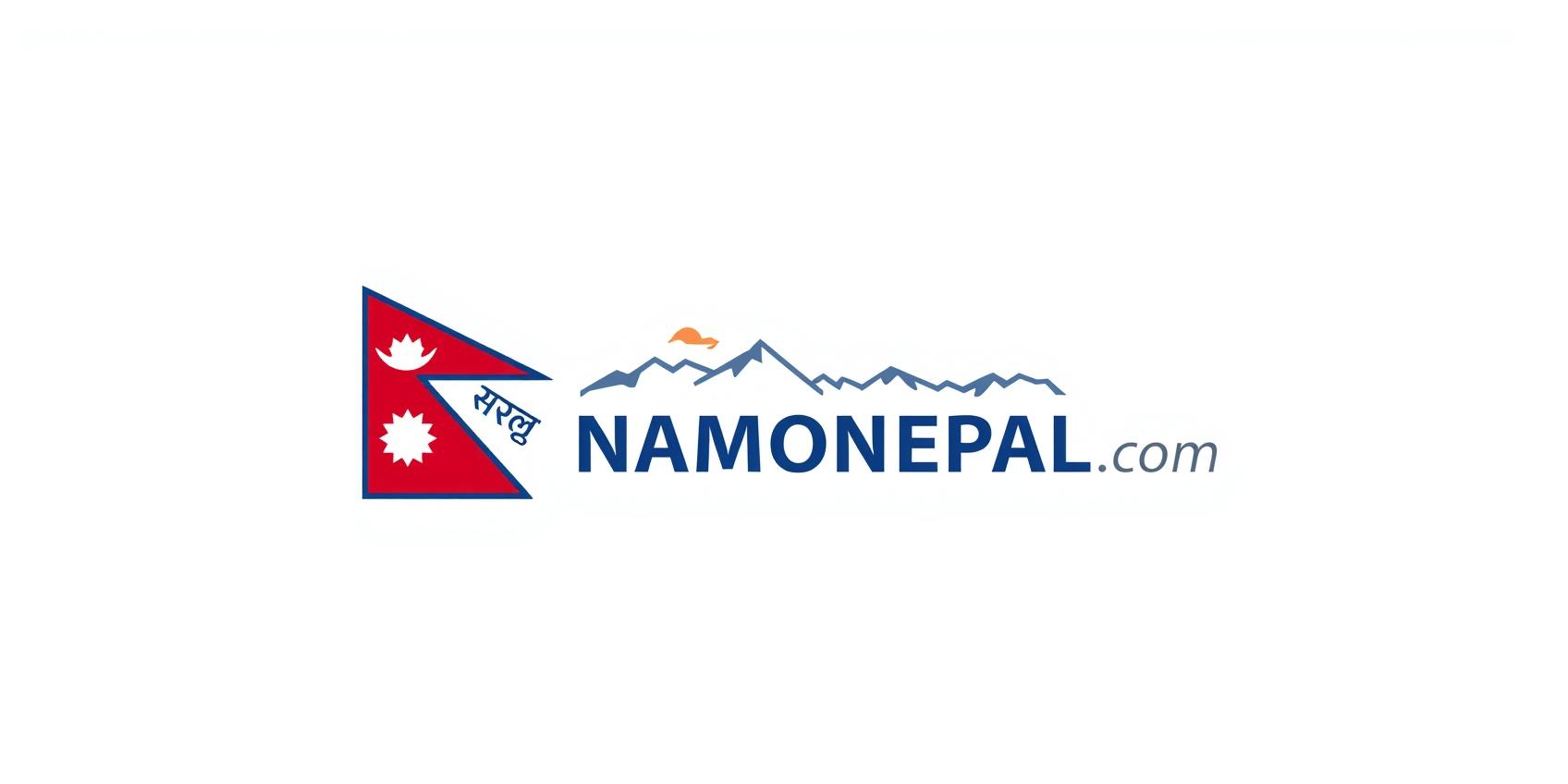Celebrate Maghe Sankranti & Makar Sankranti – Nepal’s Festival of Renewal and Harvest
Maghe Sankranti, also known as Makar Sankranti, is a highly revered Nepali festival marking the sun’s transition into the zodiac sign Capricorn (Makara). Celebrated annually on the 1st of Magh in the Nepali calendar (usually around January 14–15), it heralds the end of the winter solstice and the start of longer, warmer days. Across Nepal, communities gather to take ritual baths in sacred rivers, enjoy traditional feasts, and partake in cultural fairs. This festival embodies spiritual cleansing, gratitude for the harvest, and joyous social bonding.
Plan your visit to experience Nepal’s vibrant Maghe Sankranti celebrations!

The Vital Role of Maghe Sankranti in Nepali Culture
A Symbol of Renewal, Unity, and Spiritual Cleansing
- Marks the sun’s northward journey after the winter solstice, symbolizing renewal and hope.
- Celebrated by diverse ethnic communities including Tharu, Magar, and Newar, reflecting Nepal’s cultural richness.
- Strengthens community ties through fairs, rituals, and sharing traditional foods.
- Offers spiritual cleansing through holy dips in rivers like Bagmati, Koshi, and Kaligandaki.
5 major
Sacred rivers for ritual bathing
500+ years
Of celebrated tradition
Thousands
Attend fairs and events
Discover traditional festival foods and local customs!
Origins and Significance of Maghe Sankranti & Makar Sankranti
Maghe Sankranti marks the sun’s transition into Capricorn, officially recognized with historical roots reaching back to Hindu astronomical and pastoral practices. It signifies the end of the longest night and welcomes light and warmth, essential for Nepal’s agrarian society.
Different communities celebrate unique customs: the Tharu observe it as their New Year with traditional dances like Jhumra and Lathi, while the Newar honor it through ritual foods like Gheu Chaku Sallhu. Taking a holy bath in rivers such as Devghat and Triveni cleanses sins, purifies the soul, and blesses devotees with fortune.


Rituals and Cultural Traditions


Planning Your Maghe Sankranti Experience
- Dress warmly for January weather and outdoor activities.
- Join local ceremonies for river baths to fully engage with cultural reverence.
- Explore fairs and sampling culinary delights is a must.
- Participate or observe Tharu and Magar community programs for rich ethnic engagement.
- Allocate time for nearby spiritual sites like Devghat and Ridi.
💧
Sacred river bathing
🎵
Ethnic music and dance
🍬
Culinary experiences
🏪
Pilgrim hospitality
Spiritual Renewal and Cultural Festivities
Maghe Sankranti blends the spiritual act of cleansing in holy rivers with the communal joy of harvest feasts and cultural fairs. It marks a turning point in the seasonal cycle and nurtures human connections and gratitude.

Cultural Diversity and Regional Celebrations
Festival’s Societal Impact
Maghe Sankranti encapsulates Nepal’s diverse ethnic tapestry. For Tharu people in the Terai, it is their New Year marked by lively Jhumra dances and bullfighting in Nuwakot. The Newar community in Kathmandu Valley celebrates with unique Gheu Chaku Sallhu dishes and vibrant songs.
Economically, the festival boosts local markets and artisanship. Socially, it renews kin bonds as relatives share meals and blessings. Environmentally, growing eco-awareness encourages sustainable celebrations, reducing firecracker use and plastic waste.
Pilgrimage Site:
Devghat is a principal pilgrimage site attracting thousands of devotees annually for the sacred river bath.
Charity Focus:
Ritual giving and charity projects are common during the festival, emphasizing community support.
Join Nepal’s Celebration of Light, Livelihood, and Legacy
Embrace the vibrant joy and profound spirituality of Maghe Sankranti and Makar Sankranti. Experience Nepal’s iconic festival that honors nature’s cycles and humanity’s hopes.
Plan your 2025 celebration today!

Festival Highlights at a Glance
Engage with these signature moments:
- Holy river dips
- Traditional sweets and meals
- Folk music and village fairs
- Bullfighting events (in specific areas)
- Ritual prayers and blessings
Maghe Sankranti & Makar Sankranti FAQs
Answers to commonly asked questions about Nepal’s revered festival.

